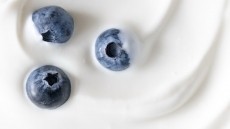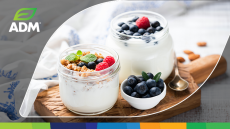Natural cheese flavors for healthier products, lower cost
The US dairy market was hit by price volatility and market decreases last year, but there is increasing pressure from the dairy sector to boost prices to farmers, resulting in uncertainty about cheese prices for food manufacturers in the long term.
Sensient’s new DairyBoost cheese flavor range deals with this by allowing manufacturers to cut the amount of cheese or cheese powders in their products, extending the flavor of a smaller quantity of cheese with natural cheese flavorings.
The range comes in popular parmesan and cheddar flavors as well as more specialist Gorgonzola and smoked Gouda flavors, and the company said that they are suitable for a range of applications including soups, sauces, entrees, side dishes and baked goods.
“DairyBoost was developed following extensive research to identify the essential dairy components of cheese and the unique characteristics of cheese varieties,” the company said. “As a result, DairyBoost offers natural enhancement of authentic dairy attributes such as mouthfeel and exceptional functionality in cheese replacement.”
In addition, Sensient has said that the flavors can help boost the nutritional profile of finished foods, because by extending cheese content with natural flavors, manufacturers can cut calories, saturated fat, salt and cholesterol.
The food industry has been under increasing pressure to reformulate foods with lower salt and saturated fat (as well as sugar) and manufacturers have been responding as consumers are seeking out healthier options.
Healthier cheese options
Other options for healthier cheese-containing products include a low-fat, low-sodium process cheese released recently by Land O’ Lakes; and ingredients such as starches that can be added to sauces and soups to retain creaminess when cheese content is reduced.
Perhaps further on the horizon for food manufacturers, Turkish researchers said in March that they had developed a cheese substitute made from waxy maize starch mixed with carrageenan and amylase.
Low-fat cheese is growing strongly in popularity as consumers increasingly focus on healthy diets. More than twice as many new low-fat cheeses were introduced in 2007 compared to 2005, according to data supplied by market research firm Mintel to Chr Hansen. In the last quarter of 2007, nearly 90 new low fat cheese products were introduced globally, says Mintel.











